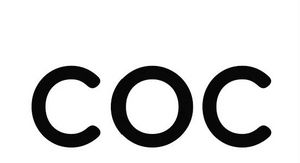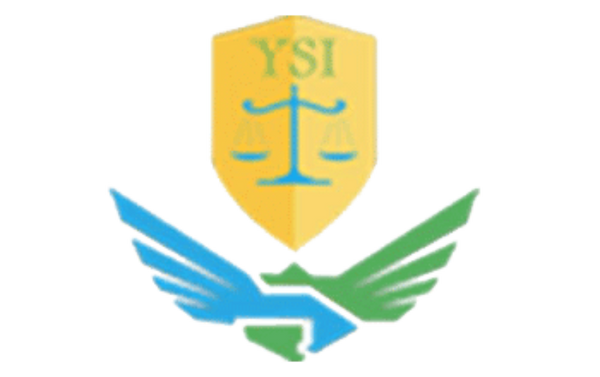
What is the COC certification? Which countries require COC certification? Inspection and factory verification services
COC (Conformity Certificate) inspection and certification is a crucial entry permit in international trade, used to prove that the products comply with the technical regulations and quality standards of the importing country. This certification ensures the compliance of the products throughout the entire production-to-export chain through a systematic inspection and factory audit process.
Scope of application and implementing countries of inspection and certification Core definition
The COC inspection certification is a complete set of conformity assessment procedures carried out by an authorized institution, including product testing, inspection of goods and factories, and document review, and ultimately issues a legal document certifying the conformity of the product.
Main implementing countries
Saudi Arabia: SABER certification system, covering electronic appliances, automotive parts, etc.
Kenya: PVOC Inspection and Certification Program, regulating all imported goods
Nigeria: SONCAP Certification Scheme, Mandatory Inspection and Certification Requirements
Kuwait: KUCAS Inspection and Certification System
Egypt: GOEIC Mandatory Inspection Certification
Zimbabwe: CBCA Pre-shipment Inspection Certification
The core value of inspection and certification
Compliance guarantee
Proof that the product has passed comprehensive inspection and certification, and complies with the national standards of the destination country.
Ensure product quality and safety, and reduce trade risks.
Ease of passage/Passage facilitation
The inspection and certification certificates are essential documents for customs clearance, significantly enhancing the efficiency of the customs process.
Avoiding the detention or return of goods due to compliance issues
Market Access
Products that fail the inspection and certification will be refused entry.
It is a mandatory entry requirement for entering the target market.
Detailed Explanation of the Inspection and Certification Process
Phase 1: Preparatory Work
Confirm the requirements for inspection, certification
Verify whether the product is within the regulatory list.
Understand the specific inspection and certification standards of the target country
Select an authorized inspection and certification agency
Select internationally recognized institutions such as SGS, Intertek, and BV.
Confirm the authorization qualifications of the institution in the target country
Phase 2: Execution of Inspection and Certification
3. Submit the application for inspection and certification
Provide product technical documents
Submit the existing test report
Prepare the manufacturer's qualification certificate
Product testing and inspection
Submit samples to the approved laboratory for testing
Carry out pre-shipment inspection
Verify that the product complies with the technical standards.
Factory Audit (if applicable)
Conduct on-site inspection of the production factory
Evaluate the quality management system
Ensure production consistency
Phase 3: Certificate Management
6. Issue inspection and certification certificates
After approval, the COC certificate will be issued.
The certificate will be shipped along with the goods for customs clearance.
Inspection and Certification Document Requirements
List of Required Documents
Product inspection report (issued by an ILAC-accredited laboratory)
Detailed product manual and technical specifications
Manufacturer's business license and production license
Quality management system certificate (such as ISO9001)
Packing list and commercial invoice
Supplementary documents required by specific countries
Key points of inspection and certification
Validity characteristics
COC inspection and certification usually only applies to a single batch of goods. Each export requires a new application for inspection and certification.
Time period
The complete inspection and certification process usually takes 5 to 15 working days, depending on the complexity of the product.
Factory inspection requirements
For high-risk products, the inspection and certification agency will require on-site factory audits to ensure continuous compliance during the production process.
Institution selection
Select an inspection and certification institution that has official authorization from the target country to ensure the legal validity of the certificates.
Frequently Asked Questions
The Difference Between COC Inspection Certification and CE Certification
The COC inspection certification is tailored to specific import requirements of certain countries, while the CE certification is applicable to the European Union region. There are significant differences in the inspection certification standards and processes between the two.
Certificate validity
The COC inspection and certification is usually valid for a single shipment only and does not have long-term validity. Each batch requires separate application.
Consequences of failing the inspection and certification
Products that fail to obtain the necessary inspection and certification will be detained at the destination port or refused entry, resulting in significant economic losses.
COC inspection certification is a crucial market access step that export enterprises must pay attention to. By establishing a comprehensive inspection and certification preparation process and collaborating closely with professional inspection and certification institutions, enterprises can effectively avoid trade risks and ensure the smooth entry of their products into target markets.
分享这个商品

What is the COC certification? Which countries require COC certificati
The COC certificate holds significant importance as it certifies that the product complies with the technical specifications and quality standards.
